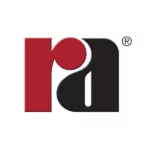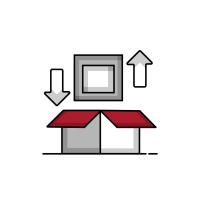Share:
More Articles

Trade Shows
Come talk to a Rolled Alloys representative in person about your project. You can find us at these trade shows.

Quote, Buy, Track!
We make it easy to get instant pricing and purchase your metal at the click of a button. Track your order progress, get notified when it ships, and follow your shipment online until it’s delivered. It’s that easy!
Metal dusting, also known as carbon attack, carbon rot, or catastrophic carburization, is a problem that often occurs in heat-treat carburizing furnaces and in petrochemical equipment.
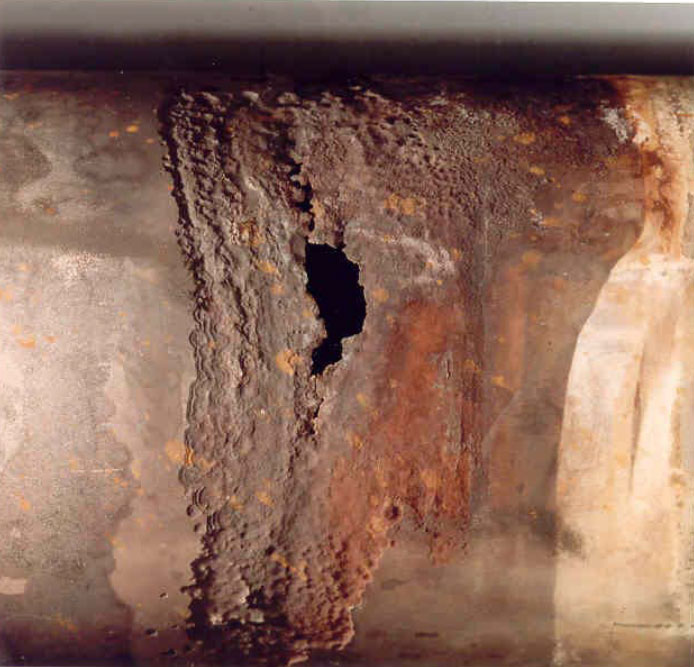

When this phenomenon occurs, the metal undergoes a destructive process that causes it to effectively disappear. What remains are either small, localized areas that appear to have been chewed away or large perforations. There are two temperature ranges in which metal dusting may occur. Typically, an operating temperature between 800 – 1200°F (430 -650°C) is where metal dusting takes place in stagnant areas in or near the furnace walls. A carburizing furnace usually operates at around 1750°F (950°C). However, some lower-temperature locations like alloy tube hangers, atmosphere sampling tubes, or where electrical leads pass through furnace walls where the atmosphere is stagnant, is where metal dusting could potentially occur. Occasionally, a higher temperature metal dusting may occur near 1650 – 1700°F (900 – 930°C), causing the metal to become thin or pitted. The pits at this higher temperature are close to 3/8” (10mm) in diameter in contrast to the roughly 1/8” (3mm) at the lower temperature.
In carburizing furnaces the atmosphere is a rich endothermic environment, with about 39% N2, 19.8% CO, 40% H2, 0.2% H2O, and 0.5% CH4. CO2 is low, about 0.1%. Metal dusting changes from aggravation to a significant economic matter as carbon potential increases to about 1% C or more. Metal dusting attacks have been identified in various industries, including hydrogen plant reformers, ammonia plant waste heat recovery boilers, syngas units, coal gasification reduction furnaces, heat treating furnaces, and direct reduced iron ore plants.
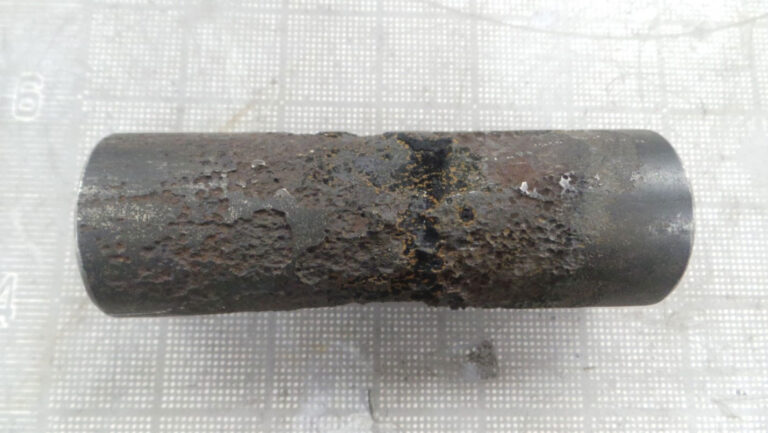
The resistance of an alloy to metal dusting has been linked to its ability to form a protective oxide scale even in low oxygen atmospheres that lead to metal dusting. As a result, alloys high in oxide formers tend to provide the greatest level of metal dusting resistance. Chromium, aluminum, and silicon are the most notable oxide forming elements in heat-resistant alloys. A widely accepted way of ranking the resistance of alloys to metal dusting is by calculating the chromium equivalent of the alloy. Generally, alloys with a chromium equivalent of 25 or greater offer moderate resistance to metal dusting, whereas alloys with greater chromium equivalents exceeding 30 are considered to have excellent resistance to metal dusting. Rolled Alloys offers many alloys that have been used to combat metal dusting such as RA602CA®, RA333®, and 625.
Buy Online Anytime
Our dashboard makes it even easier to shop online anytime from anywhere. Quote, buy, and track 24 hours a day.
E-Services Stocking Programs
Our e-service stocking programs put you in the driver seat by using our customized purchasing options to order your recurring material with ease. Whether you have an internal process for purchasing and receiving in place or maybe looking for solutions to become more efficient, we have a program that will work for you.

Trade Shows
Come talk to a Rolled Alloys representative in person about your project. You can find us at these trade shows.

March Mania 2025
Every Online Order in March is a Chance to Win One of 8 Great Prizes!

Instant Pricing on Nickel, Stainless Steel, Duplex, and Titanium
Get real-time pricing and availability for nickel, stainless steel, duplex, and titanium—all in one place.
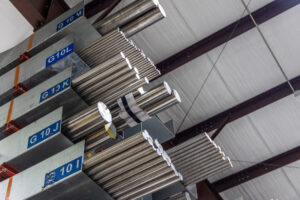
New and Expanded Stock for 2025
New Titanium, Stainless, Nickel and Cobalt in Stock Now – CP Ti Grade 2, 635, 718 and More!

History and Uses of Alloy 800
Discover the evolution of Alloy 800, from its origins during the 1950s to modern derivatives like Alloy 800H/800HT. Learn about its high-temperature strength, petrochemical applications, and commercial availability today.

New Bar Stock Available
New Round and Flat Bar Products in Stock at Rolled Alloys



